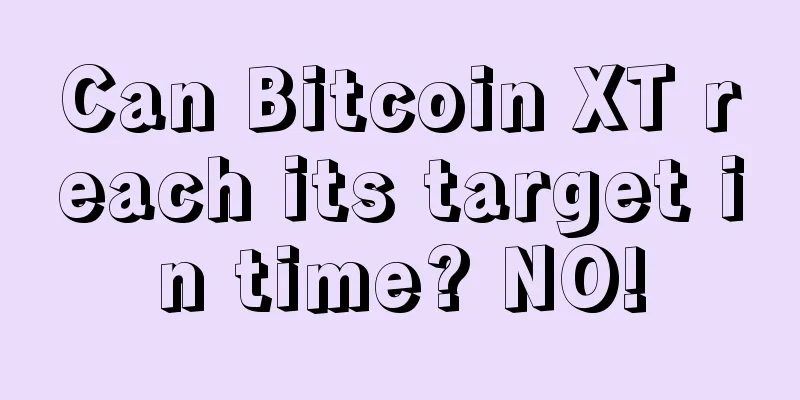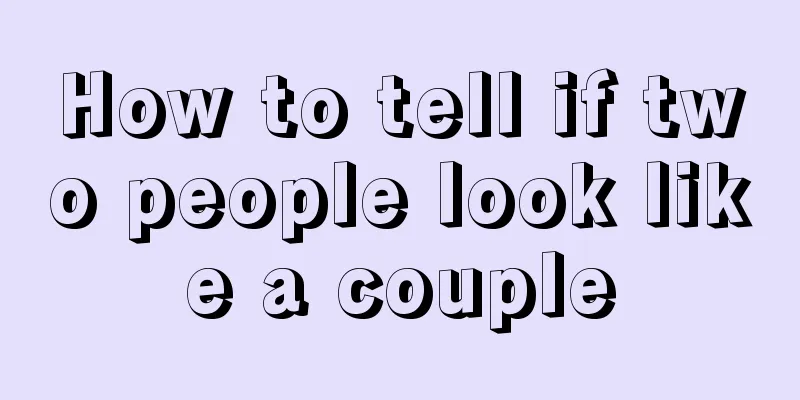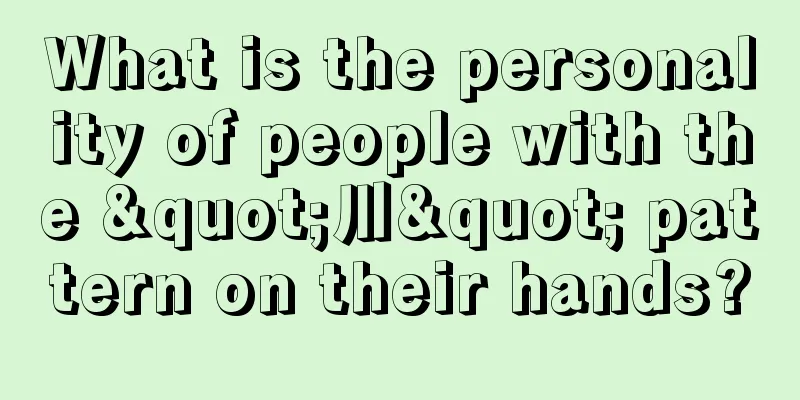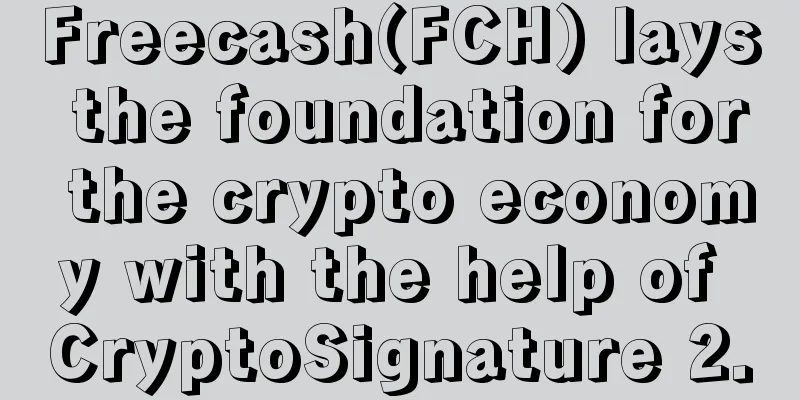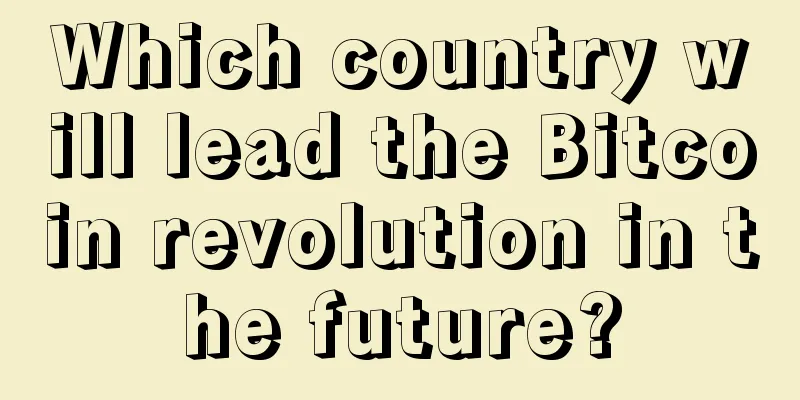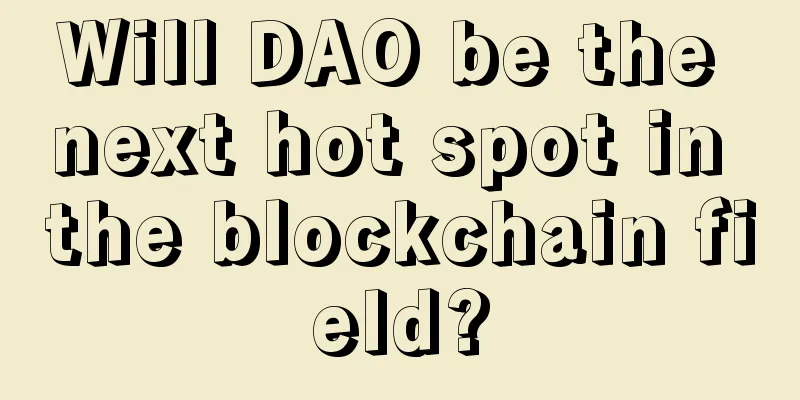Is it harder to forge electronic evidence? We are one step closer to "judicial justice"
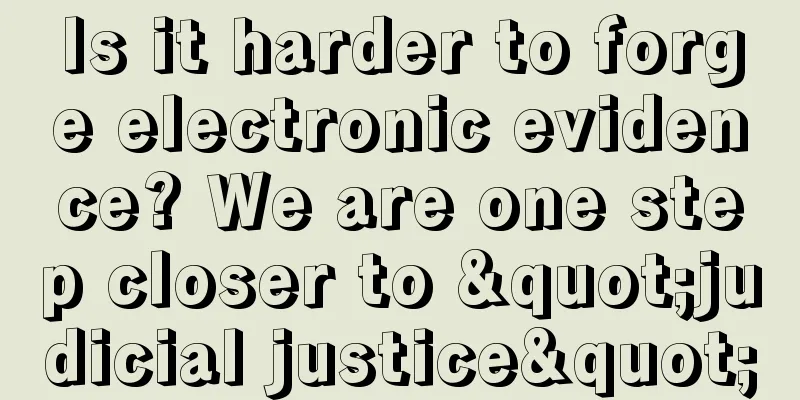
[Abstract] A group of people are trying to use technical means to save the spirit of contract in the Internet era.Blockchain is undoubtedly the hottest technology in the FinTech field. Following the global trend, Chinese players have tried to implement blockchain technology in finance, supply chain and other fields. Another area of imagination is the field of evidence storage in the legal field. Have you ever imagined a world like this: everything you say on the Internet can be used as evidence in court; all evidence can no longer be tampered with; all judicial systems cannot be partial to each other... In fact, a group of people are trying to use technical means to save the spirit of contract in the Internet age. Perhaps we are not too far away from a world where justice is impartial and evidence can be found. 1. Evidence Collection in the Internet AgeThe law requires a strong logical chain of trust. If any link in the chain is broken, all efforts will be in vain. The outcome of a lawsuit, after all, is a battle over evidence. Therefore, obtaining and preserving evidence has always been a "pain point" in the judicial system. In the Internet age, many communications and transactions are completed online, and "evidence" has become electronic data, making it easier to copy, modify, and delete. This means that electronic data storage is difficult and forensic identification costs are high. The loopholes in electronic evidence storage have been fully exploited in the field of Internet finance. Taking the online lending industry as an example, the "electronic contract" that some P2P platforms give to users is just a Word document without any signature or seal, and is legally ineffective. Therefore, once the platform has redemption problems, investors have almost no way out. In response to the legal demand for "electronic evidence storage", a series of legal services have begun to appear on the market, including online electronic contracts, electronic evidence storage and offline judicial appraisals. "Fa Da Da" is also one of the players. At the beginning, all data was stored in the center of FaDaDa and also scattered in some judicial appraisal institutions. However, as long as it is "centralized storage", it will face two problems: the hidden danger of external "hacker attacks" and the ethical risks of internal practitioners. To this end, FaDaDa has built its own security system; recently, it has introduced blockchain technology to add an additional layer of defense for the entire system. 2. Blockchain + Data StorageCentralized storage, which is caught in internal and external difficulties, is a common problem of almost all data storage. In the face of meticulous laws, the chain of evidence is the cornerstone of judicial justice. Abroad, there have been attempts to use blockchain in the field of data storage. The earliest explorer was the Proof of Existence project in 2012, which used the Bitcoin blockchain to achieve data storage. For example, if a user wants to store data as a proof, it only takes two steps: open the official website of the Proof of existence project and drag the local file into the browser. The Proof of Existence project then has to do two steps: first, perform a summary calculation on the file in the local browser to obtain the hash value of the file; then, through a transaction, write the hash value into the Bitcoin blockchain and save it publicly. The hash value, known as the data fingerprint, generates a binary value for the file through an algorithm, which gives the file a unique "ID". In this way, the user's privacy is protected, and once the original file is tampered with, it can be easily discovered by comparing the hash value. Now, domestic players are also starting to try it. Onchain, FaDaDa, and Microsoft recently jointly launched the "FaChain" alliance for data storage. Like the Proof of Existence project, the “Law Chain” also requires two steps: First, the electronic contract is summarized and the digital fingerprint Hash value of this file is generated. The hash value cannot be reversed, which means that the content and data of the contract itself are kept confidential. Then, the digital fingerprint information of the electronic contract, such as the signing time, signing entity, file hash value, etc., will be broadcast to the respective nodes of all members of the "Legal Chain". Once the information is stored, it can never be tampered with. However, unlike the Proof of Existence project, “FaChain” did not use Bitcoin’s blockchain, but built its own open source blockchain system. Onchain chief architect Li Jun told a financial reporter that the reason for activating the new chain is that, on the one hand, the Bitcoin blockchain was built for digital currency, and the architecture itself is not particularly suitable for digital assets; on the other hand, the "core power" of the Bitcoin blockchain is not in China's hands, which not only fails to give participants in the Legal Chain Alliance a sense of trust, but will also limit future business or ecology. The most critical thing is that Bitcoin's transaction confirmation is once every 10 minutes, which is too slow and not suitable for large-scale data storage. The underlying blockchain technology of FaChain comes from Onchain. The Onchain team developed the first blockchain project in China, Xiaoyi. It has accumulated experience for two years and the model is basically running smoothly. "Law Chain" is currently a consortium chain initiated by several parties. In the future, judicial appraisal institutions, judicial practitioners, colleges and universities, associations, etc. will be invited to join the "nodes" and store data at the same time. 3. The Imagination of Digital AssetsThe preservation of legal evidence is only a very small part of data storage. Electronic contracts, intellectual property rights, and digital assets such as text, images, audio and video can also be protected through blockchain technology. For example, in the early days, if you needed to prove that an article was yours, you had to send it to various publishing houses via the post office. The "postmark" on the mail was the proof. Nowadays, there are a large number of texts, pictures and videos published on the Internet, making copyright protection more difficult: not only are there a large number of unregistered copyrights, but once infringement occurs, it is difficult to protect rights and collect evidence. Blockchain technology can improve this situation. As an open system, anyone can write copyright information into the blockchain at any time and place through the Internet. Once the information is written, a timestamp is automatically generated and it is permanently stored and cannot be tampered with. Foreign companies such as Mediachain are trying to apply blockchain technology to online copyright storage and transaction scenarios. However, blockchain technology cannot fundamentally solve the problem of piracy, but it can be used when proof and identification are needed. In the financial field, this is also a magical imagination like a fairy tale. In the future, assets can not only be securitized, but can even be digitized. For example, the value of a house can be estimated, and then an "ID" can be formed, which can be directly mortgaged on the blockchain and even circulated like money. Digital assets have a unique, unforgeable ID on the Internet, which can prove their value and provide the possibility of "exchange and circulation". If all assets can be digitized, the exchange of value will have unlimited potential. This world where "everything can be exchanged" is still a little far away from us. At present, whether in the financial or legal fields, the construction of trust relies on centralized institutions. For example, real estate certificates, driver's licenses, and academic qualifications require the intervention of authoritative institutions such as the Housing Authority, Vehicle Administration, and Education Commission. The centralized "trust" created by this kind of authority is costly and insecure, and once lost, it can never be recovered. Blockchain uses technology to reduce the cost of trust. But complete decentralization has another problem: every time the data changes, every node needs to be updated, which reduces efficiency relatively speaking. If it is a one-time data storage, it can still cope with it. However, for massive, fragmented, and high-frequency storage like Taobao, ordinary systems cannot handle it. At present, electronic evidence storage platforms such as FaDaDa will also face severe tests. The number of electronic insurance policies is growing exponentially. According to FaDaDa, the average daily number of electronic contracts signed on its platform is over 100,000. The increase in small-value, high-frequency, and fragmented transactions in consumer finance, Internet insurance, etc., poses considerable pressure on the platform. A completely decentralized system means trading efficiency for security. The blueprint for digital assets is so beautiful, but before that, we need to find a balance between efficiency and security. |
<<: Avoid belittling and conceptualizing blockchain
>>: World's First Public Transport Company to Accept Bitcoin Payments
Recommend
What kind of facial features does a kind woman have?
In a society where people's hearts are so com...
Face reading: how to tell whether blue veins mean good or bad
Everyone has blue veins on their body. In physiog...
How to read a man's forehead and tell fortunes
The forehead is the upper part of the three parts...
Which people are willing to betray their friends when they see profit?
It is enough to have a few confidants in life, fr...
Which ten eyebrow shapes affect your destiny?
People's appearances are diverse, and everyon...
The voting rate in three days is less than 4%. Why is the EOS voting rate so low?
Authors: Yan Nan, Xin Nan On the evening of June ...
Your tongue tells you whether you are good or bad
Color: Purple tongue is promiscuous, red tongue i...
Why the 21 Bitcoin Computer Won’t Be the Future of Micropayments
The much-anticipated 21 Bitcoin computer has been...
Palmistry of Wisdom Line
Wisdom line (cleverness line): It starts from app...
Palmistry
How many parts are included in palmistry? You ask...
What does it mean when a woman has a mole on her nose?
The bridge of the nose is on the root of the nose...
Bank of Ireland and Deloitte conduct live audit test on blockchain
Irish Global Markets Bank, one of the “big four b...
What happened to Bitcoin mining machines as they dropped from 140,000 to 10,000 in three months?
On May 4, a mining machine stall in SEG Electroni...
Facial features of people who are easily laughed at by others
There are different kinds of people in this world...
How to tell the face of a money-worshipping woman? Why do people say these women are money-worshipping?
Nowadays, there are more and more money-worshipin...

